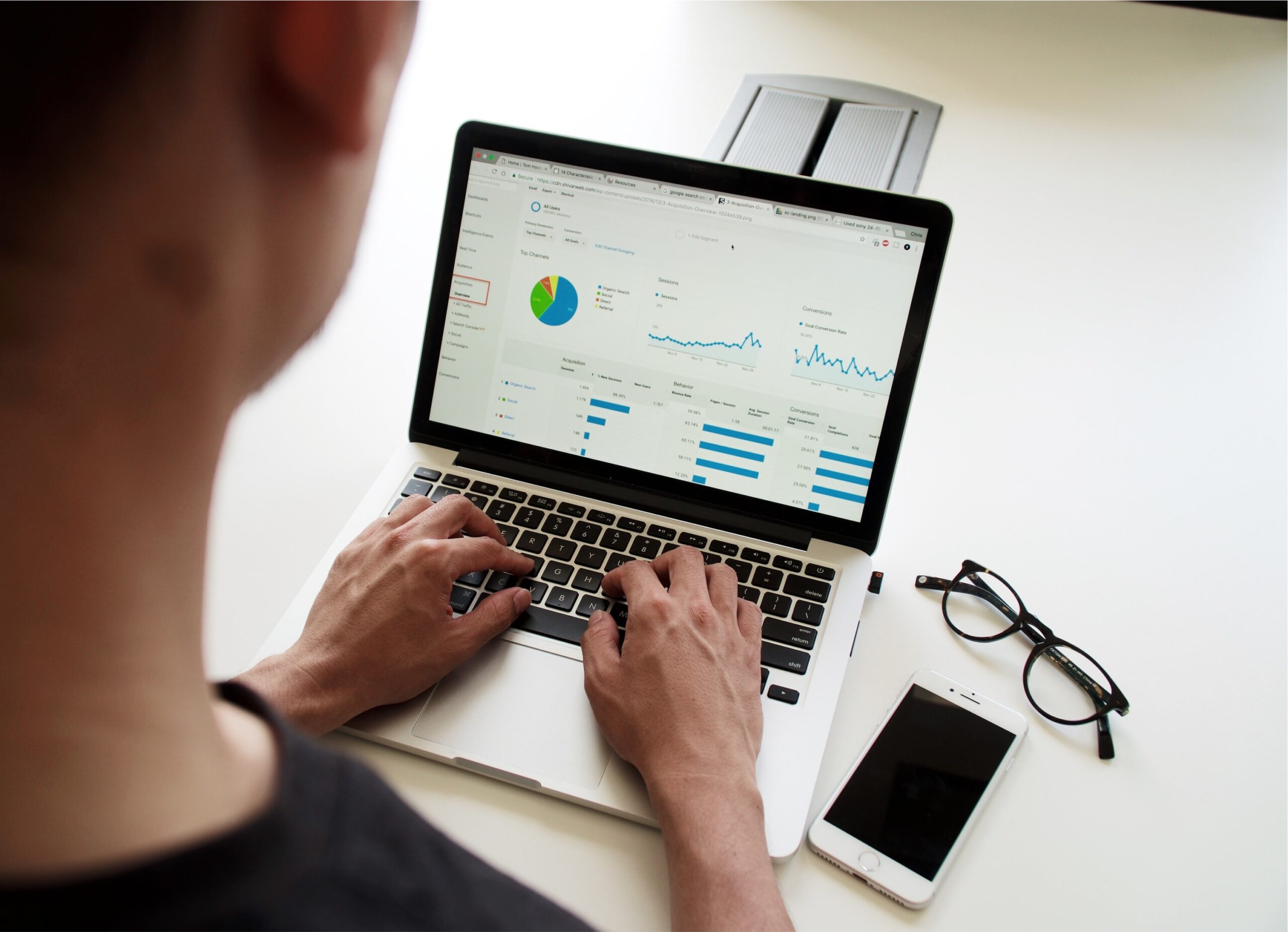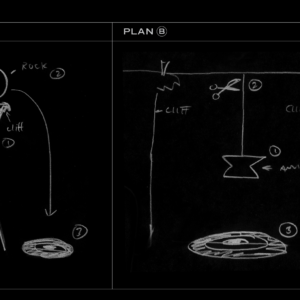In this short post we’ll look at why you need to use data change the way you communicate, how you use data and technology to achieve this, and three steps you need to take.
When we refer to data-driven marketing we mean using data to “get the right message to the right person at the right time” or as Don Peppers, the globally recognised authority on marketing and business competition, succinctly stated “treating different customers differently”. This means securing, maintaining, analysing, and using your customer data, then actively segmenting it to enable better targeting and engagement with your customers.
This need to ensure our marketing is customer-centric has been driven by the customer’s demands that we now listen to them and, more importantly, give them what they want, not what we think they want. It’s been enabled by technology and the data that it generates. In turn, marketers are expected to quantify and measure their actions like never before, demonstrating data-driven decision-making along with customer-centric campaigns. In the same way a Chief Financial Officer (CFO) looks at the decimal points in their analysis of P&L, so too are Chief Marketing Officers (CMO) expected to assess the ROI of their actions. They now have the tools to track this information, and they’re expected to do so.
We Need to Change the way we Communicate
Our ability to focus is decreasing. According to a report into how the internet is changing the way our brains work, our natural inclination to use multiple digital channels simultaneously, constantly switching from one to another, decreases our ability to stay focussed and ignore incoming distractions.
Customers want more. Thanks to the amount of information that’s available to us on any one of our connected devices, we have multiple options, so when we select one, we expect it to meet our expectations. Whether you have 2,000, 200,000, or 2,000,000 fans or customers, they’re all individuals with different wants and needs. They expect you to know them and expect tailored recommendations and offers. According to global CRM software brand, Salesforce, 63% of millennials will share their data in return for personalised offers and discounts based on items they have already purchased.


Competition for Attention has never been Higher
While at some point in time we’ll be back watching sports, live, and in stadiums and arenas around the world, at the moment we have to consume sports digitally. In fact, we’re doing more digitally than we ever have done before with Alexia Quadrani of J. P. Morgan going so far as to state ‘A permanent shift has taken place across the industry from a linear platform to a digital platform’ because of the coronavirus. And if you do a search for all the different ways your fans can read your latest news, you’ll see what you’re up against.
How does Technology and Data change the way we Communicate?
Firstly, we can personalise our content, making it easier for our customers to say “yes” as we focus on what we know they want. The results of a survey taken by SmarterHQ in 2019 showed 72% of the 1,000 respondents will only engage with personalised marketing messages, even though 86% of them are concerned about data privacy.
Secondly, we can make sure we serve our content or send our messages at just the right time. For example, if a fan has just purchased a season ticket, he might not appreciate being asked if he’d like to buy an individual match ticket, but you could expect an email with a 10% discount for your online store the morning of his birthday to be greeted with delight.
Thirdly, we can give our customers the information they need…..before they even know they need it! Imagine if one of your goals is to increase participation in your sport, your registered players might stay in the game after they’ve moved house if you advise them that their nearest club is located just two miles away from their new location, and is looking for members.
Finally, we can make our fans lives that little but easier and their experiences that little bit better. Advising your event attendees the location of the concession stands in relation to their seats, and which one has the shortest queue at half-time, might be appreciated by your fans keen to get back to their seats as quickly as possible, and if we know where they’re traveling from we can provide them with public transport, parking, or traffic information.
Three Steps to Changing the way you Communicate
Know your audience and address them accordingly: When it comes to your digital marketing channels you should be tailoring your campaigns to the various segments within your database built around demographic data (gender, age, geographic location, etc.) behaviour (what do they engage with, what are they interested in) and purchase history (what have they bought, how much have they spent, when did they purchase). Correctly defined segments can result in much better responses to your campaigns.
Use your best chat-up line: they say you’ve got 7 seconds to make a first impression so try to create a sense of urgency or importance, use words that your audience will respond to, and hint that your messaging is of personal relevance to your fans and their interests. If you know their favourite player and you’ve written about them in your email, let them know!
Make it personal: Miguel de Cervantes Saavedra, a 16th century Spanish writer, said that words have meaning but names have power so if you know the names of your customers, use them. Adding it to a subject line of a marketing email has been shown to increase open rates by up to 14%!
We’ve just looked at why we need to change the way we communicate, how we use data and technology to do this, and some key steps we need to take. Look out for our next post in this series as we talk about the different communication channels you can use to achieve this.
Get access to real examples and case studies as well as practical exercises that can train you to use the right data in realistic environments with our eLearning course Winning with Data; or read about Data Visualisation and building a Single Customer View in our blog.





